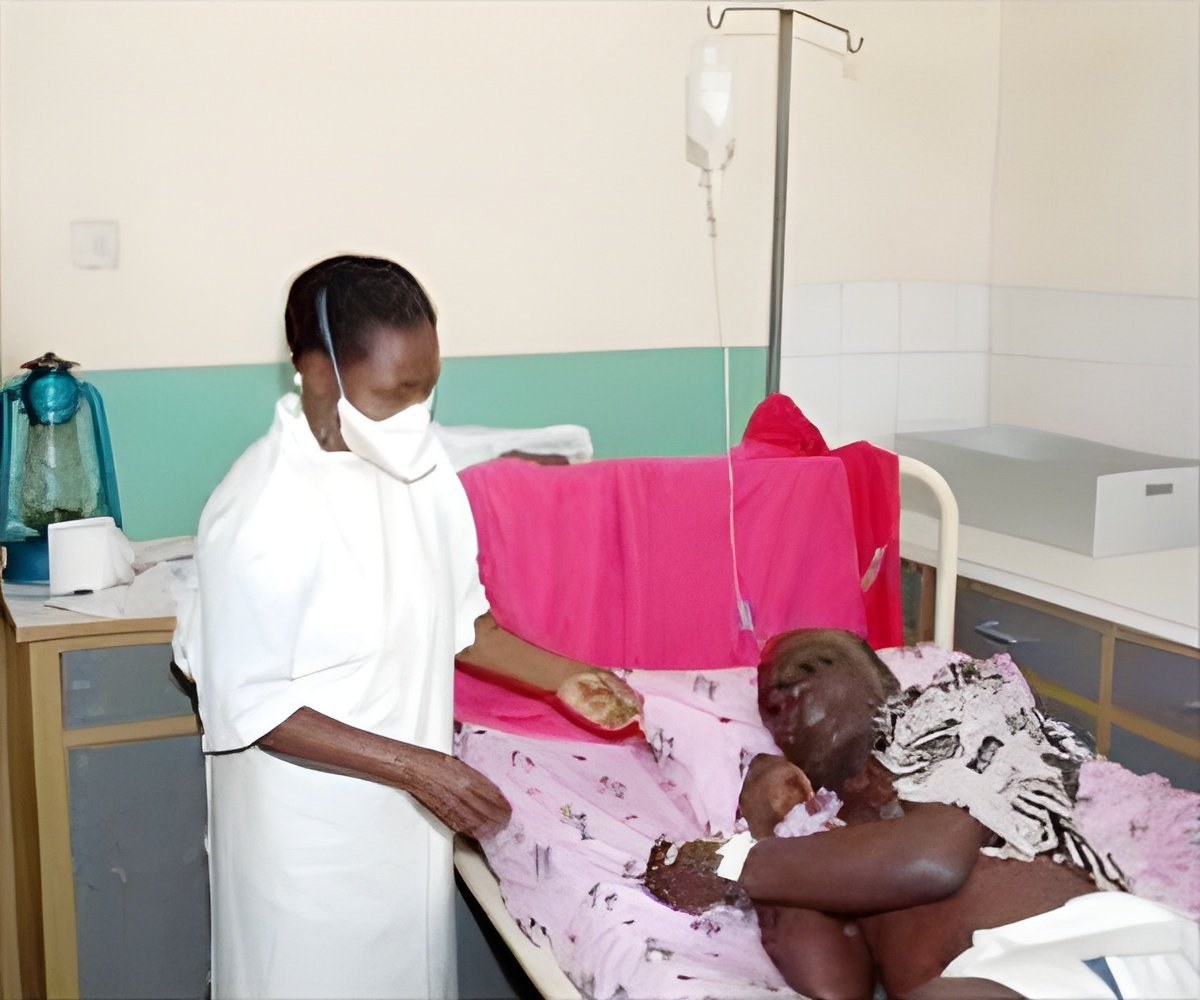
‘Contrary to the popular belief, Ebola epidemic was to have spread through short-distance traveling. It was also found that the epidemic stepped up its pace once the virus had reached Conakry, Freetown, and Monrovia - the capitals of Guinea, Sierra Leone, and Liberia. These capitals played a key role in spreading the virus.
’
Tweet it Now
Creating an Ebola family treeWith the genetic data of 1,610 samples from Ebola patients, researchers from the Rega Institute at KU Leuven mapped the spread of the Ebola virus in West-Africa between 2013 and 2016.
"We created a genetic family tree of the epidemic, in time as well as space, with the oldest DNA sample from early 2014 in Guinea, a sample of the virus when it entered Sierra Leone in March or April 2014, and so on," says Professor Guy Baele from KU Leuven.
Key role of the capitals
The researchers connected the family tree of the epidemic to other information, such as geographical information and transportation.
Advertisement
Closing international borders
Advertisement
"Guinea, Sierra Leone, and Liberia have each closed their international borders at a different moment in time. These interventions are visible in our phylogenetic tree of the Ebola virus, and we also see how the virus continued to evolve afterward. Closing the borders was an effective way to prevent Ebola from becoming an international epidemic. That's important to know, as this type of intervention strategy obviously has major economic and social consequences. Preventive measures within one city or district would have made little difference: we believe that a coordinated approach would have had a bigger impact."
Potential for on-going epidemics
"This research method gives us a quick and accurate view of the key times and locations of the Ebola epidemic," Baele continues. "That teaches us where and when we should have intervened."
"This information is also useful for on-going epidemics. For one thing, we want to apply this phylogenetic inference-based technique to rabies, a disease that still kills 60,000 people each year in Asia and Africa."
Source-Eurekalert











